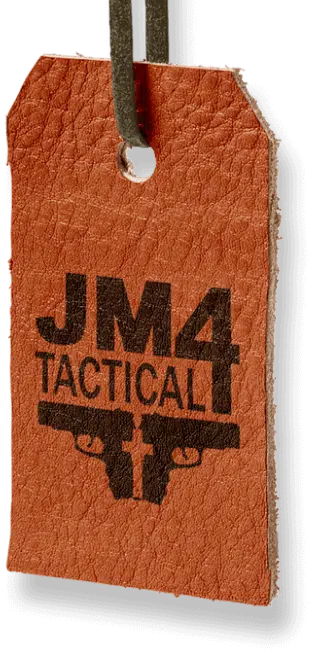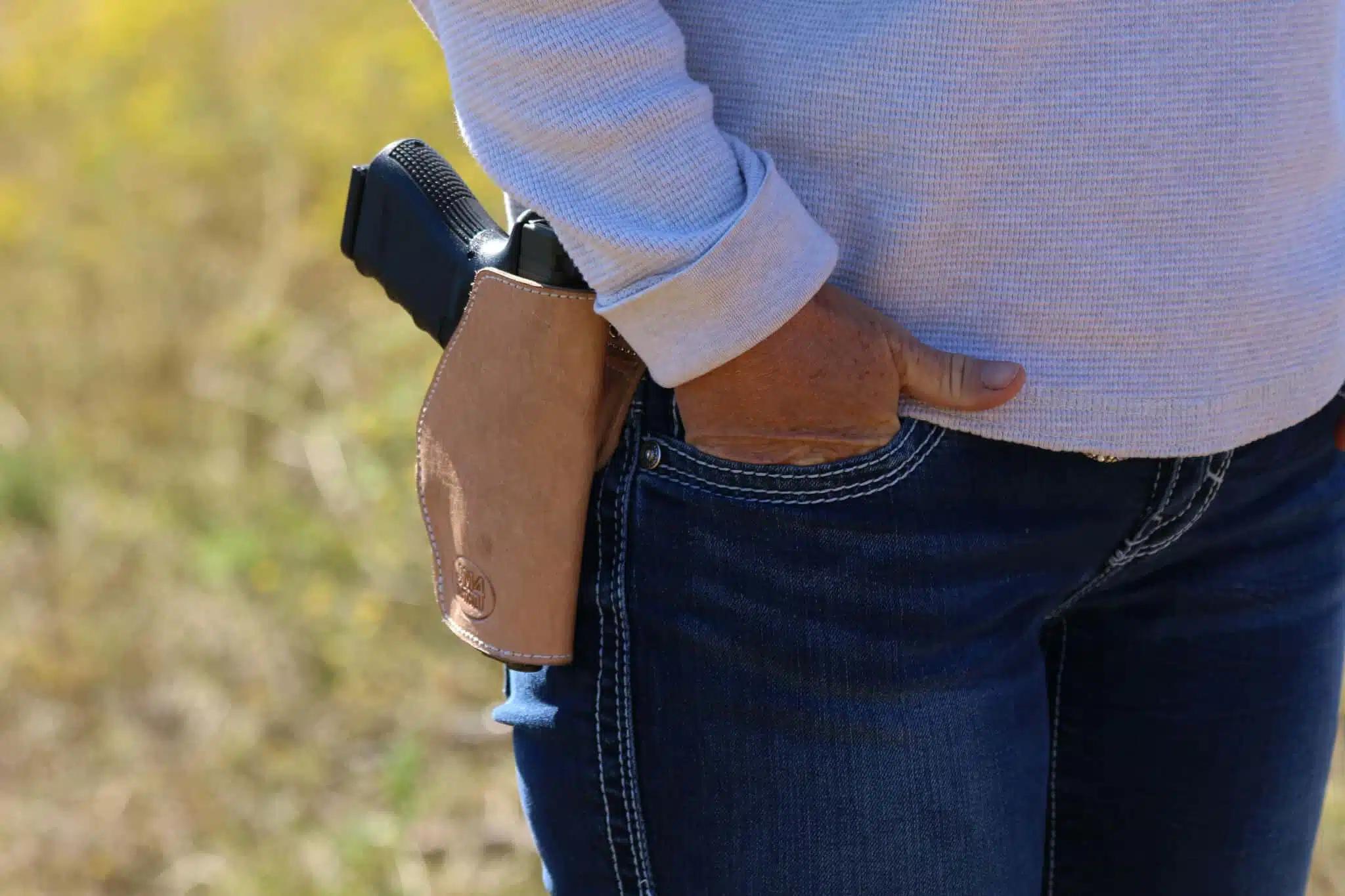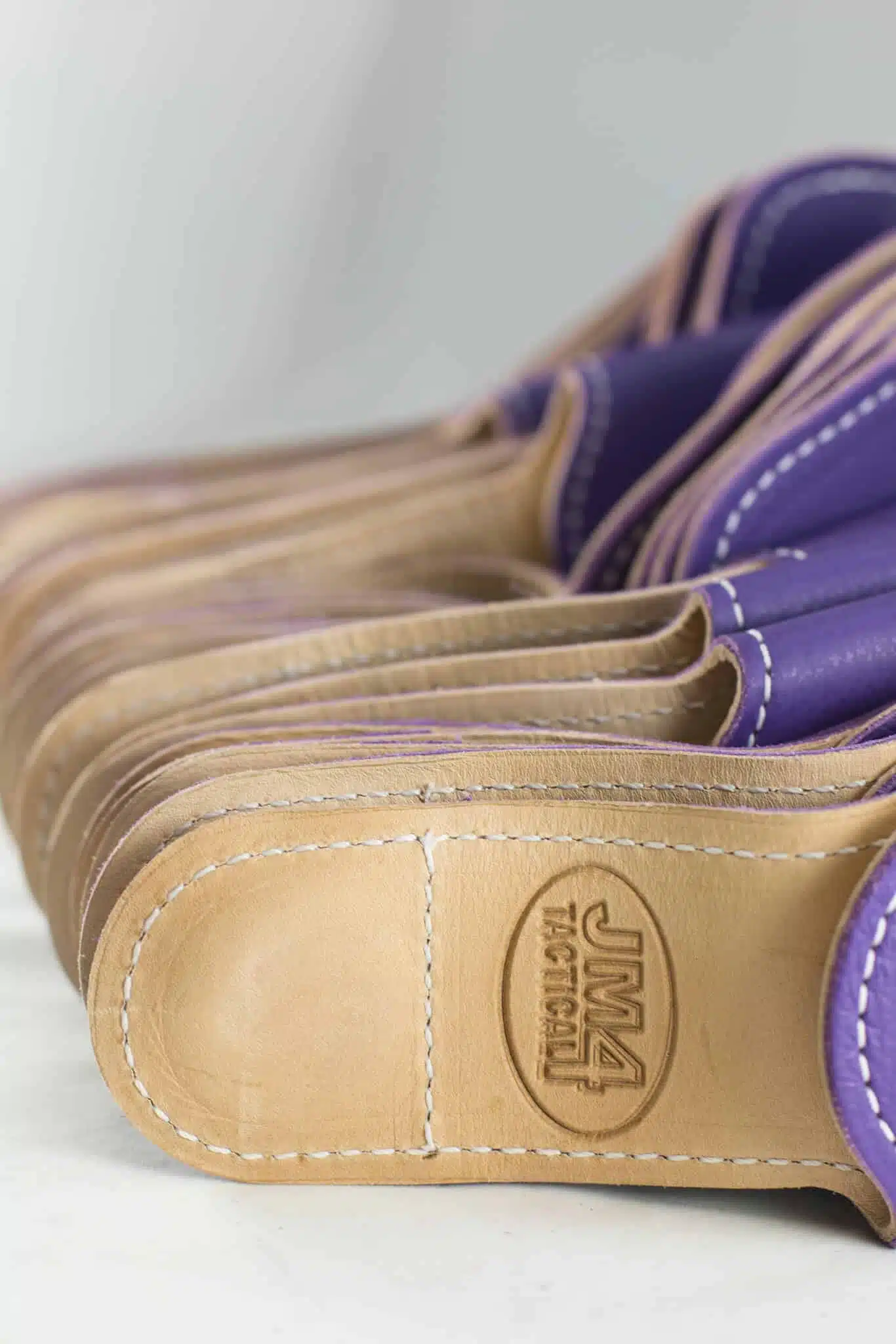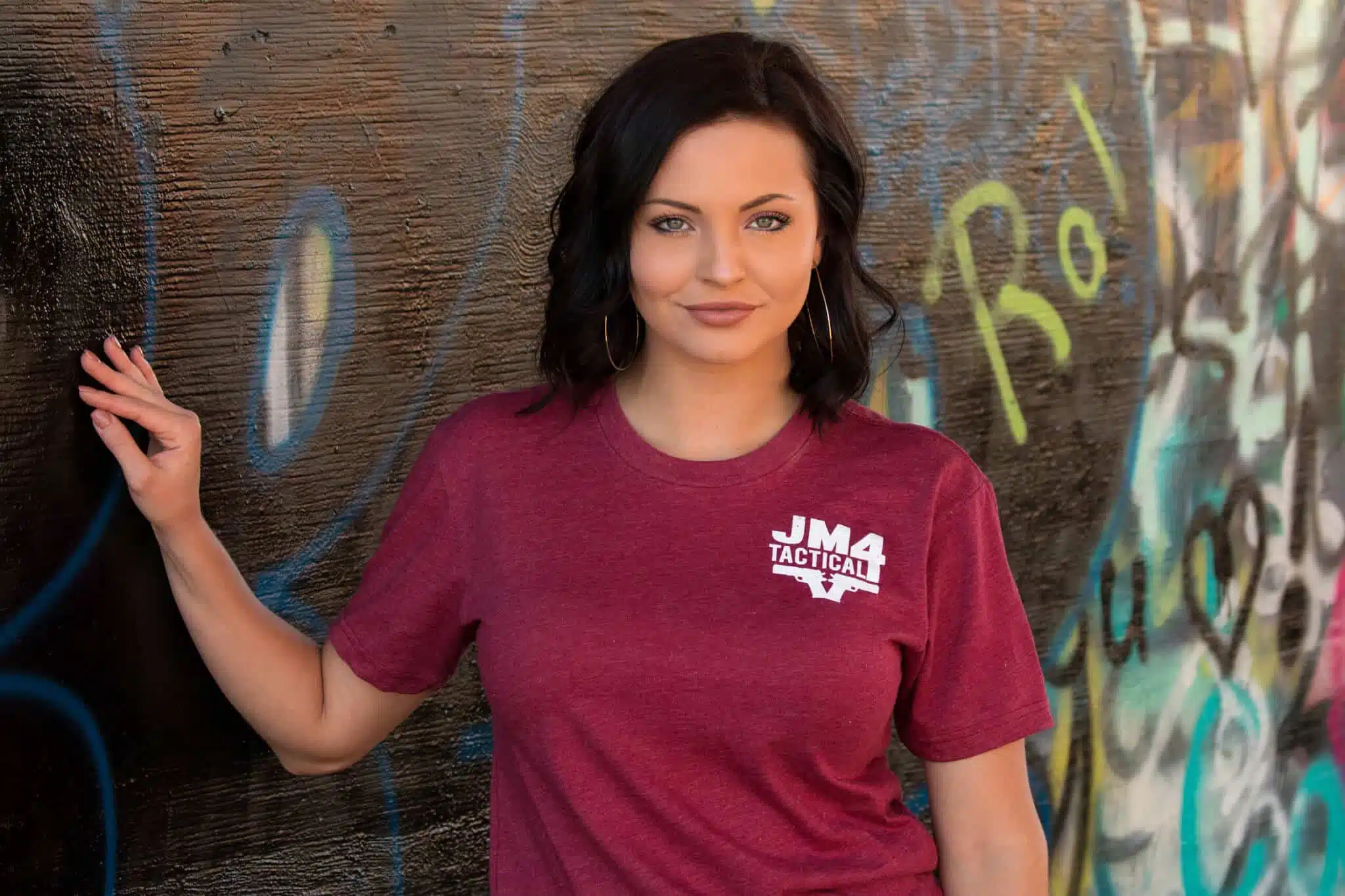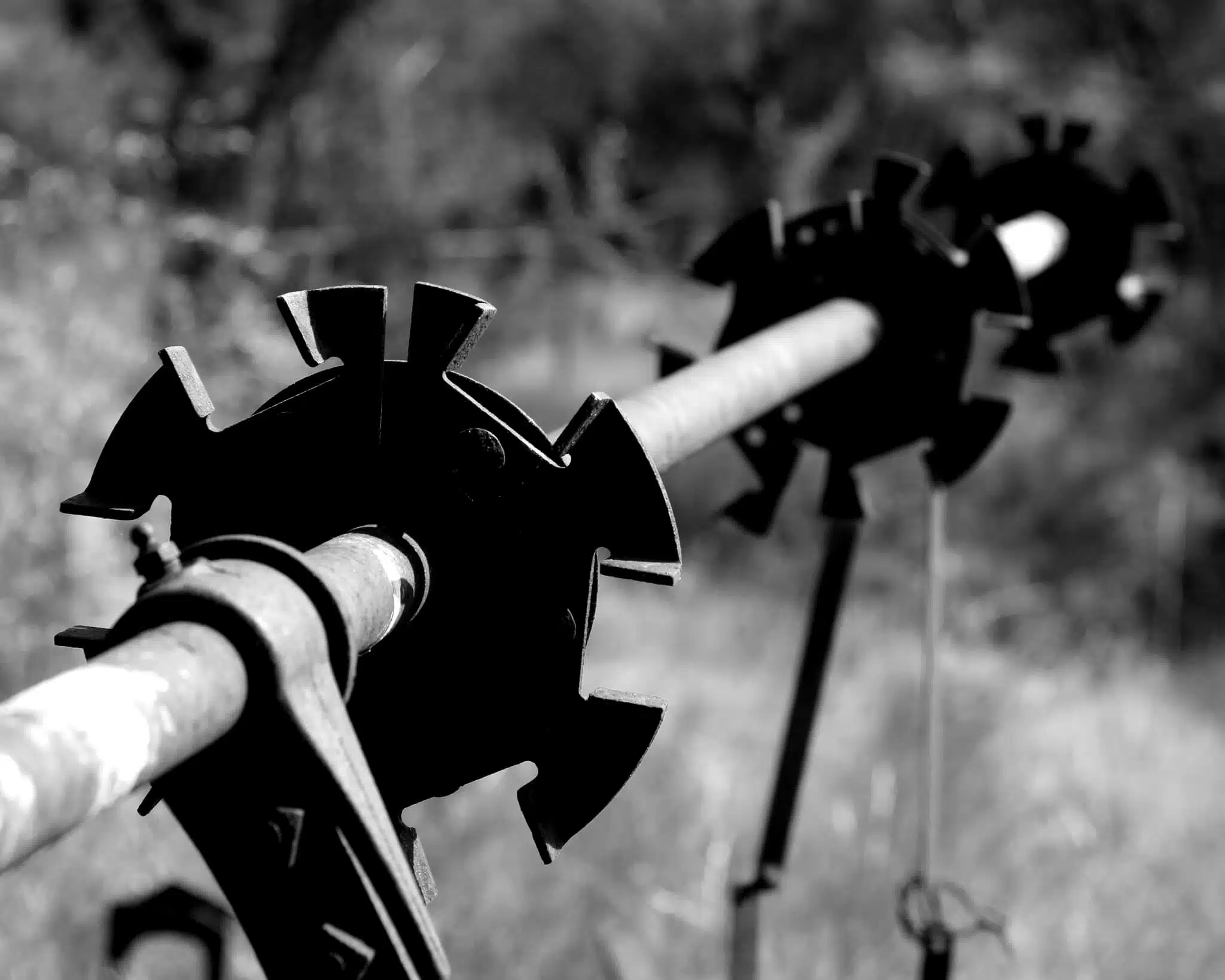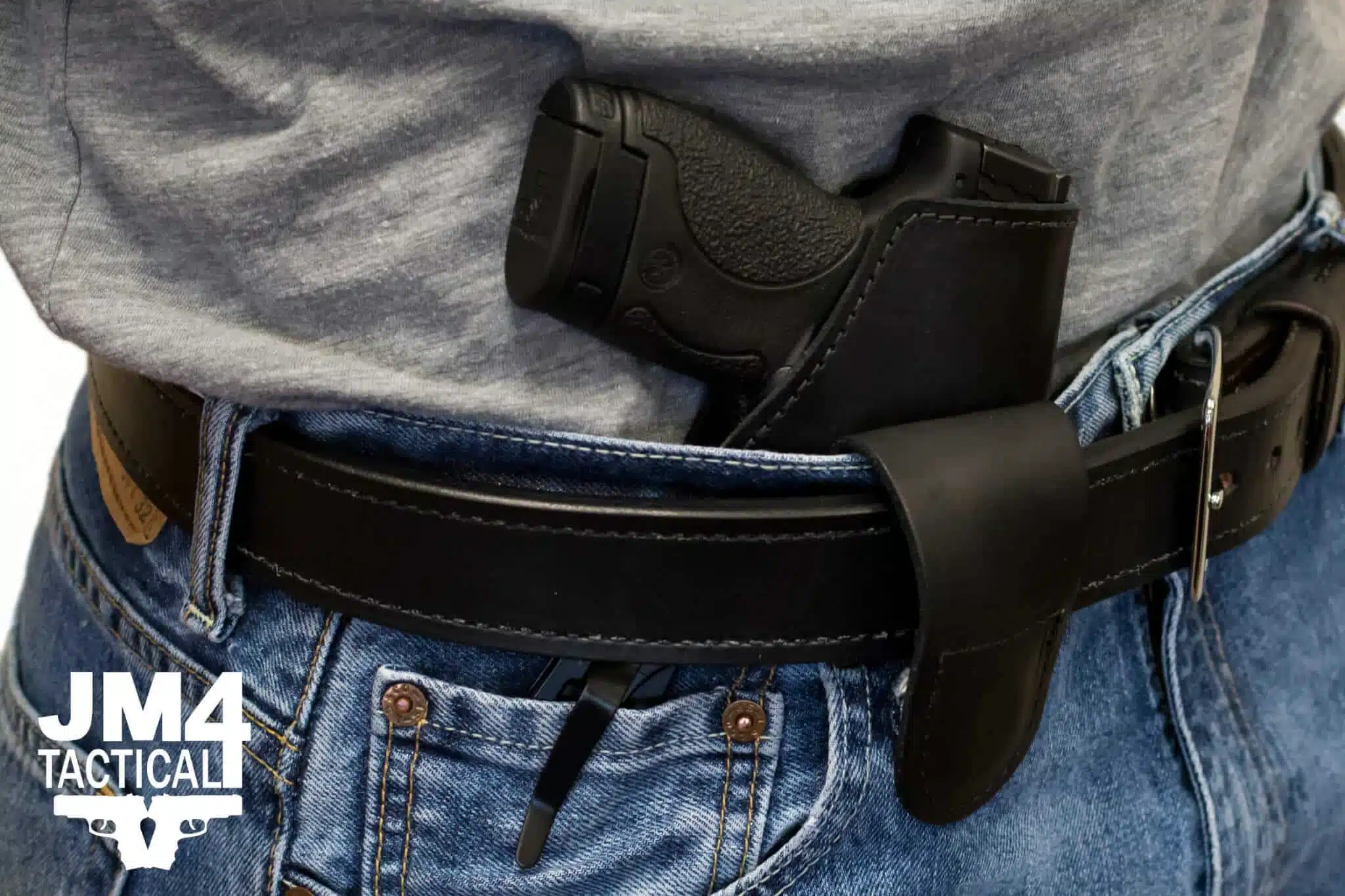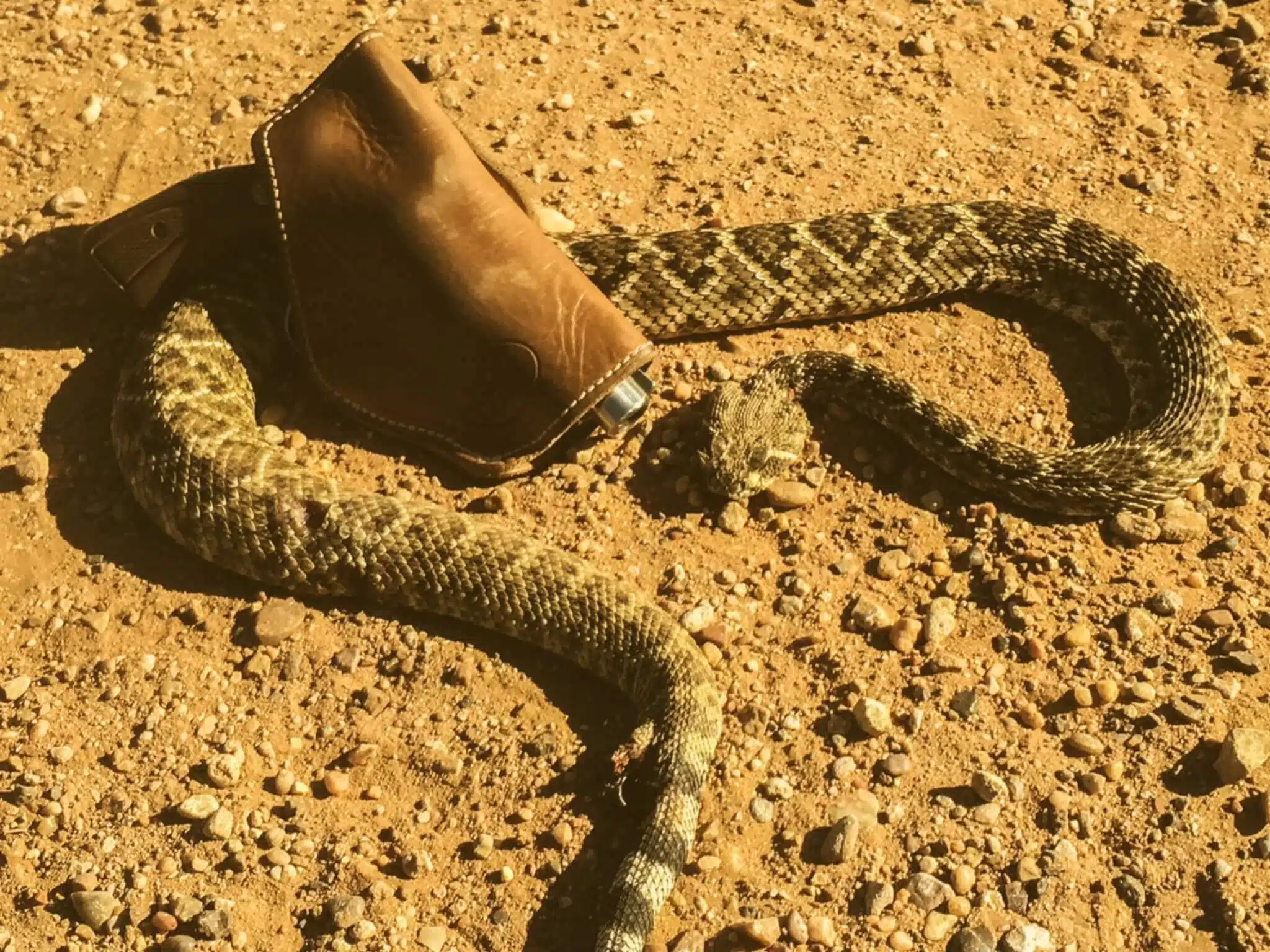Why You Should Stop Gun Shaming

Gun owners and people in the Second Amendment community can be the friendliest and most giving people you’ll ever run into out in the world. If you’re at the range and you ask someone in the port next to you about their gun, next thing you know, they’re inviting you to fire off over fifteen dollars of their ammunition through it so that you have a chance to try it out. When I was a range safety officer (RSO) at a commercial range, I’d always have customers offer up their different firearms for me to try out. Usually, I’d ask them if they were looking for me to “function check” it. You know, this way, it made sense for me to be “playing” while on the job. It all goes with the territory. At the same time, gun owners, for lack of a better term, can be the biggest wankers.
The same people that will hand over their $1,500.00 custom firearm and a box of ammo for a stranger to try out can be the same people that will un-relentlessly bash and abuse other gun owners. To be perfectly fair, I can’t say that I’ve personally been an angel in this department when discussing concepts. My personal views on things revolve around the cerebral elements first, and those that are not tapping into them (thought) make me frustrated.
Two topics, quite similar, come to mind—one deals with concealed carry and the other deals with the storage of firearms. Full disclosure, in the Garden State, we are a “may issue” state, which actually reads “no issue.” My personal experience with carrying has been limited to open carry as an RSO and home carry. However, the concepts behind the subject I’m going to discuss are ones I can wrap my head around.
Becoming a gun owner can be an exciting and intimidating time. Suppose someone has opted to
become a gun owner because they want to conceal carry, depending on residence jurisdiction. In that case, a person can go from being completely unarmed one minute to holster up the next. Even in states that require some sort of permit and training process, sure, it’s not an individual’s 1st rodeo when they finally do have and carry their gun, but we expect a lot out of people that are only in their 2nd rodeo. Fellow instructor, podcaster (Riding Shotgun With Charlie), a
cultivator of the gun gram, and friend Charlie Cook often talk about the process of easing into becoming a full-fledged concealed carrier.
In Charlie’s home state of Massachusetts, the requirements to get a license to carry involve an approved class. In Massachusetts’s statute, there is no provision that students have to fire a live weapon to qualify. For jurisdictions to require that, it would be unlawful. One of the more popular classes taught is a non-firing home firearm safety class (several live-fire courses are accepted for training, though). Many of the material he covers involves safely handling a firearm, how they work, and the rules of use and storage. For students that want to experience shooting, he’ll usually schedule a follow-up lesson with them after they’ve obtained their permit.
When it comes to concealed carry, Charlie talks about when he started to carry:
“I guess…I was nervous and maybe a little scared about it ‘going off.’ The kids were young, both under five. I could only carry at church, not during the week, so that’s where I carried. The whole idea was new and foreign to me. I wanted to carry a .38 snub revolver. Like many, I started with a Fobus holster for my gun. Being new to this, I carried my gun unloaded and kept a speed loader with me. I wanted to be comfortable. This was all new…”
The critical thing here is that different people have different levels of comfort. Cook admits it took him a little while to carry a gun and eventually go about doing so loaded. And other concealed carriers that wish to chastise and gun shame someone else for how they decide to ease into the armed world is just not cool. Look at the situation analytically. Yesterday, the new gun owner was completely unarmed. They were walking the streets and living their life unarmed. If that person decides they want to carry their firearm unloaded or with no round in the chamber for the first week, month, or year of getting into this world, that is their own business. So
what if they want to get more comfortable? That is on them, and they are no more disarmed than they were without a firearm – perhaps a little less. What else is their own business is their own personal safety. We should be doing as gun owners continue to nurture, work with, and educate the newly armed, rather than chastise, berate, and belittle them.
Cook’s experience calls to mind something called The Schwartz Rule. Named after the Executive Director of San Diego County Gun Owners, Michael Schwartz. Michael explains his methodology:
“I’m a staunch advocate that any gun owner that is breaking in or getting used to a
new holster, that they carry without a round in the chamber for the first month. At least, that is what I do…and really, if you think about it, it makes sense because you’re just getting used
to something new. No, it’s not for everyone, but I prefer to be safe rather than sorry.”
Cook caps off this concept the best by saying:
“We’re all on the same path to carrying (a firearm) and defending our loved ones. But some folks are further down the road.”
In a past article, I discussed keeping a firearm unloaded until ready for use. This statement is one of the NRA safety rules. This idea is also good practice. In the article, I define quite well that the concept of “use” is one a user must define. Naturally, any firearm that is being kept for self-defense would be in use. Any gun that one would want to lean on should they need, it would be worked into a particular home self-defense plan. After all, the heart of the article was revolving around guns not being used. The concept of thinking about what works for a particular individual involves that person thinking about it. It’s quite simple. I’m not going to “tell” someone how they “shall” store a firearm. However, I will advocate if you’re not using the gun, or you do not intend to have it ready for self-defense, that you keep it unloaded.
The ins and outs of “use” can be discussed for hours. That’s what makes it a concept. The gun owner that has one pistol that they bought for home self-defense, I’d imagine, would keep it loaded and ready togo. The gun collector that has 5, 10 20, 50, etc., guns may not want to keep all 50 of them loaded at all times. Perhaps, just the one that they decide is being “used.” Or the five they are “using.” We can use our imaginations here.
I gathered the article was polarizing to many people, which baffles me. I wonder how many people out their virtue-signaling ever took an NRA Basic class? Versus, say, an introductory USCCA class. They are different, for sure. If you’re going to have your Cooper’s rules versus NRA rules debate, that is the subject of that debate. I got a very mixed bag of comments that came through various social media pages. Most of them were very positive. Some people went out of their way to explain they were glad they read the article before commenting. Isn’t that a novel idea? Read the content, then comment. Then there were several naysayers. The comments that came up were very similar to those that Cook has heard himself in the gun community when he talks about easing into a carry lifestyle by keeping a gun unloaded until feeling comfortable with it being loaded. To name a few:
“An unloaded gun is a paperweight.”
“It’s just a fancy hammer if it’s not loaded.”
“What I learned was NOT to keep a gun unloaded. It’s to
assume and treat all firearms as if they are loaded.”
“Everyone in the house needs to be trained, and of course,
it will never be unloaded. What’s the use! You don’t know when you’re going to
need it. That’s the whole point!”
And much to my dismay, my favorite comment I read was
deleted. But I’ll paraphrase:
“I’m not even going to read this article.”
The poster explained in subsequent comments they don’t need to read the article because they have their own ideology. Explained the doctrine and completely dismissed everything everyone else had to say that disagreed. My question is, why even comment in the first place then? Would that not be a non-sequitur? Master firearms instructor Anthony Colandro from New Jersey puts it best when describing gun owners “We eat our own.”
But not all were negative, and several people rallied around the article:
“Very good read! No negative comments until you take the time to read!”
“Well, I’m glad I read the article before commenting.”
And my favorite positive comment:
“Some peoples’ brains are unloaded right now, read the
article before commenting.”
The point is, when it comes to personal self-defense, let’s focus on what that really means. It’s personal. What is good for me may not be right for the next person. Whether we are arguing overusing a shotgun for home self-defense or which make, and model pistol is the best, this boils down to the individual. If a new concealed carrier wants to get used to carrying a gun by doing so with it unloaded, God bless if someone is advocating that a firearm not in “use” be kept unloaded, kudos!
Our job as gun owners and trainers out there is to help those that are just entering our world. Cultivate thought and have conversations. If the line of thinking is unrealistic, then
do your best to impart why. I’m just as guilty of this as the next person. Make your points by advocating for real-time walkthroughs and scenarios. If the
concept is lost, it’s lost. Training with a competent instructor helps illustrate what is real versus what is not. But for sure, let’s not just come out of the paddock and tell our new friends, new members of our community, how dumb they are because they have a different comfort level. To paraphrase one of the comments, keep your brain “loaded” before talking. I certainly apologize to those of you who disagreed in a less than courteous manner over the years. At the end of the day, our safety is #1, so forgive me for my passions.

Stay safe out there and think before you do!
John Petrolino is a US Merchant Marine Officer, writer,
author of “Decoding
Firearms: An Easy to Read Guide on General Gun Safety & Use” and USCCA
certified instructor, NRA certified pistol, rifle, and shotgun instructor
living under and working to change New Jersey’s draconian and unconstitutional
gun laws. You can find him on the web at www.johnpetrolino.com
on Twitter at @johnpetrolino
and on Instagram @jpetrolinoiii
